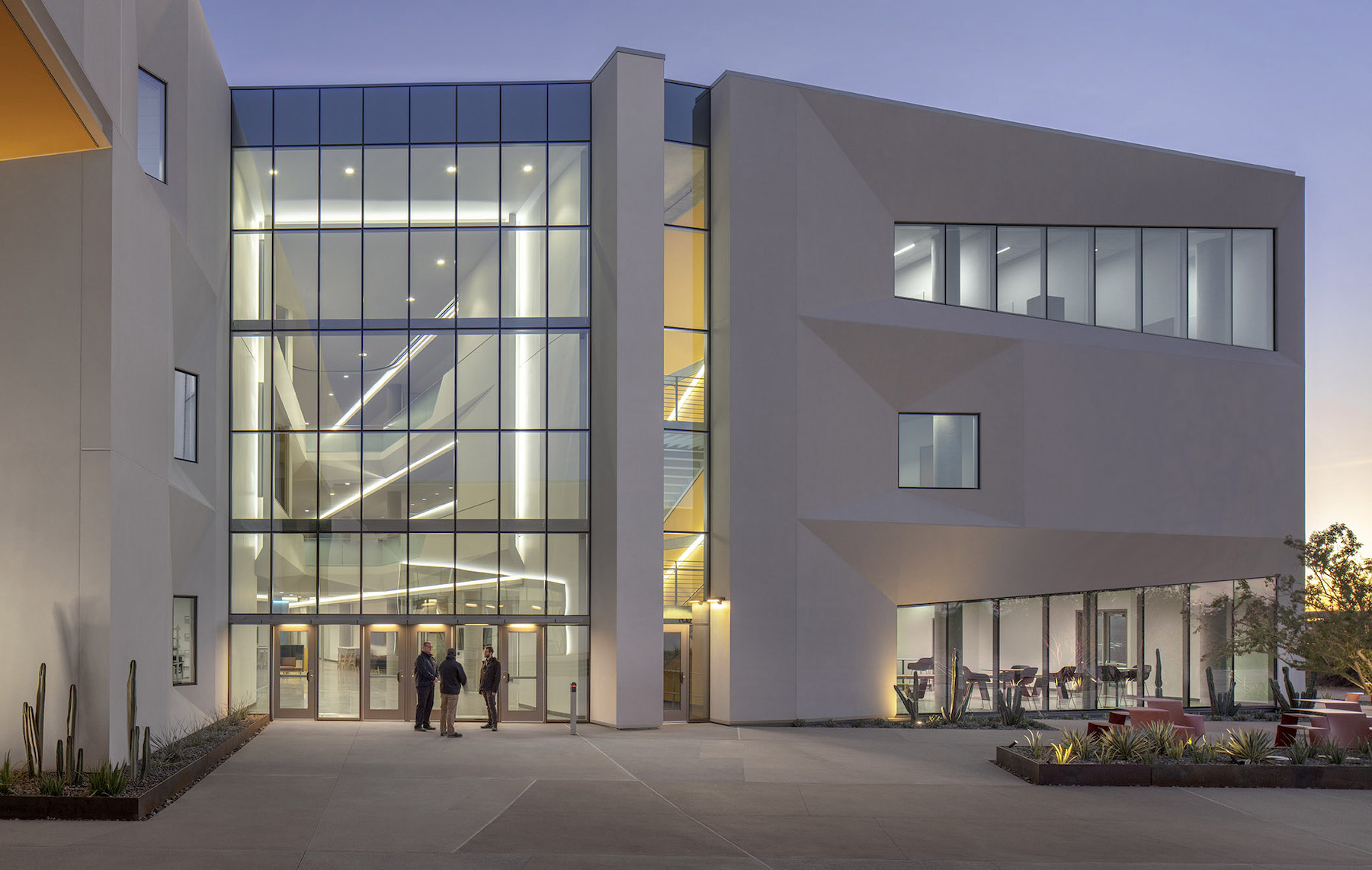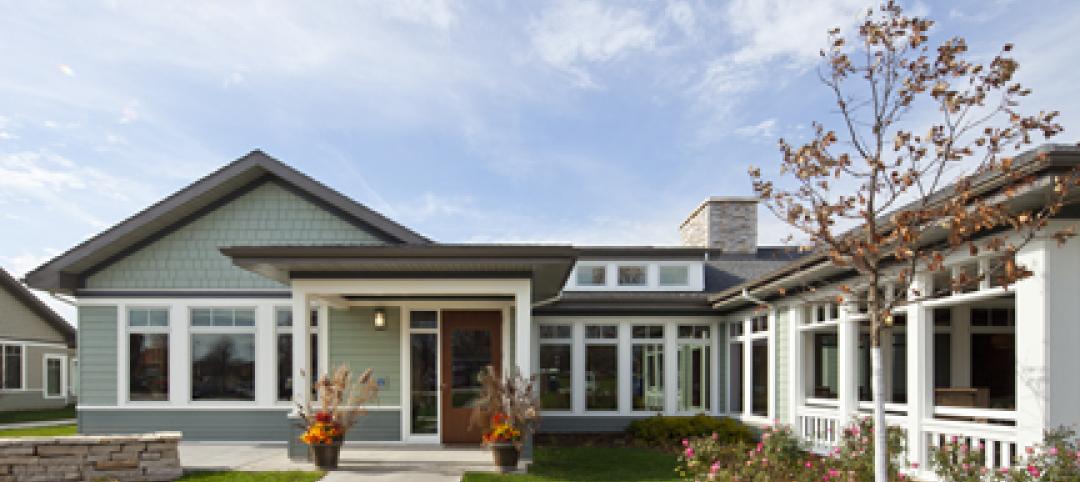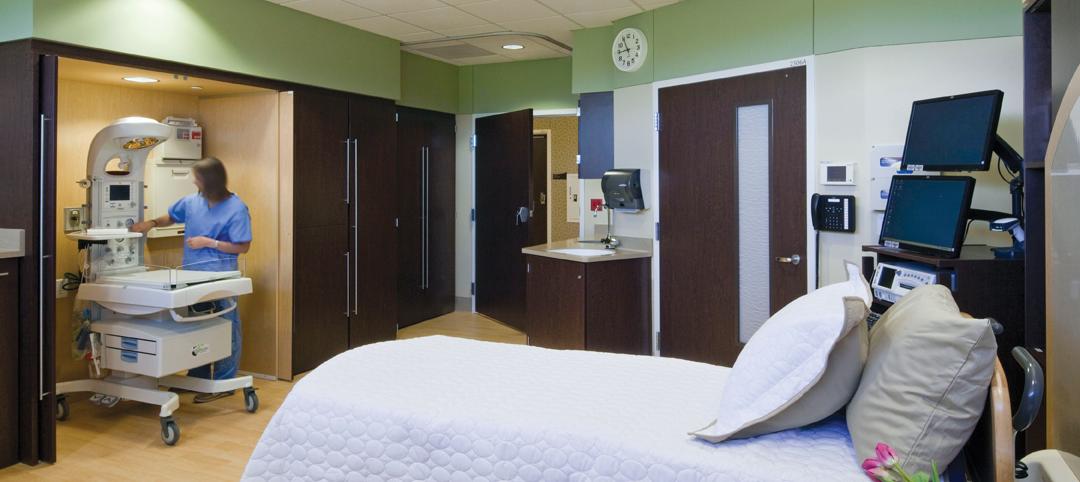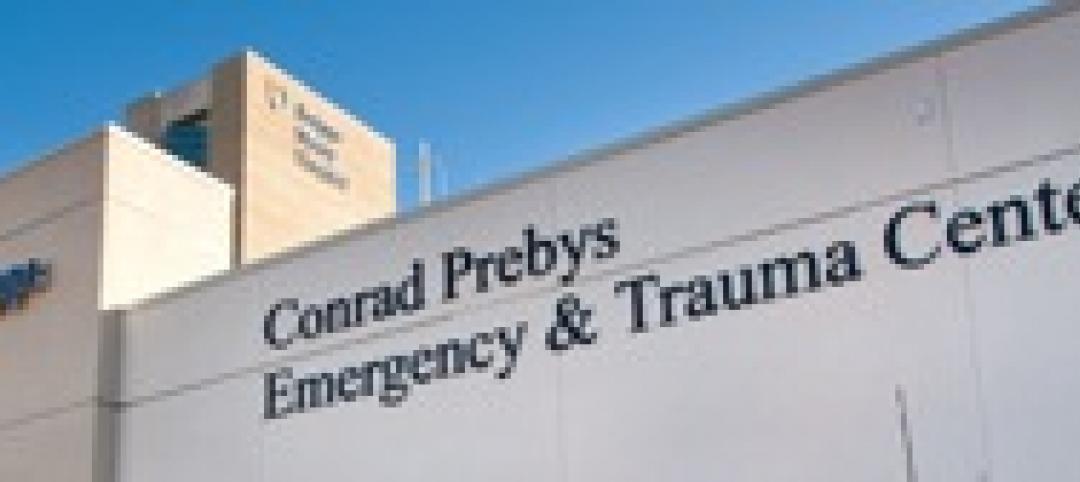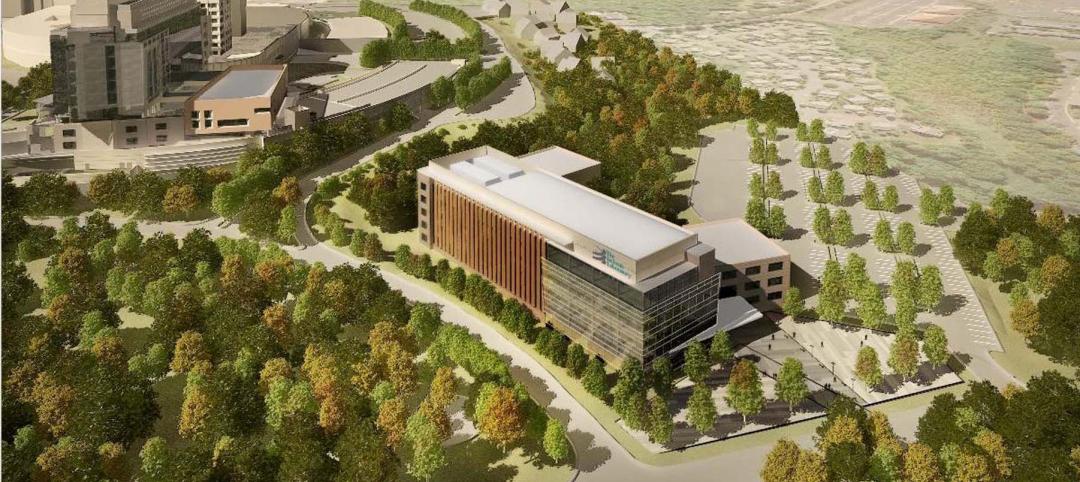In Phoenix, the Arizona State University (ASU) has constructed its Health Futures Center—expanding the school’s impact as a research institution emphasizing medical technology acceleration and innovation, entrepreneurship, and healthcare education.
Designed by CO Architects in collaboration with DFDG Architecture, the ASU Health Futures Center is a multidisciplinary home for medical tech innovation, research, education, and conferencing. CO designed the building to allow spaces to function in multiple ways, encouraging interdisciplinary collaborations. It’s located on a newly developed site for the university’s growing biotech presence near the Mayo Clinic Phoenix.
The Health Futures Center is the first building to be constructed as part of the almost 20-year Mayo Clinic-Arizona State University Alliance for Health Care collaboration. CO master-planned the new 24-acre campus on previously undeveloped desert land, then programmed and designed the three-story facility for ASU’s College of Health Solutions, College of Nursing and Health Innovation, and Ira A. Fulton Schools of Engineering, as well as shared programs with Mayo Clinic.
The $80 million, 145,200-square-foot building includes research laboratories, simulation suites, workspaces, and instructional rooms. The light ecru exterior was designed for the desert heat, with windows angled to face northward on both the east and west facades, minimizing solar heat gain. The center offers views of the McDowell Mountains to the east and central Phoenix to the south.
The building’s conference center features a double-height auditorium with 278 fixed seats arranged in a circular configuration, with the capacity for up to 320 in an in-the-round configuration. Audio, video, and lighting elements allow patrons to view dynamic visual presentations from wherever they’re seated.
On the building team:
Owner: Arizona State University
Design architect: CO Architects
Architect of record and executive architect: DFDG Architecture
MEP engineer: Affiliated Engineers (AEI)
Structural engineer: Advances Structural Engineering
General contractor/construction manager: DPR Construction
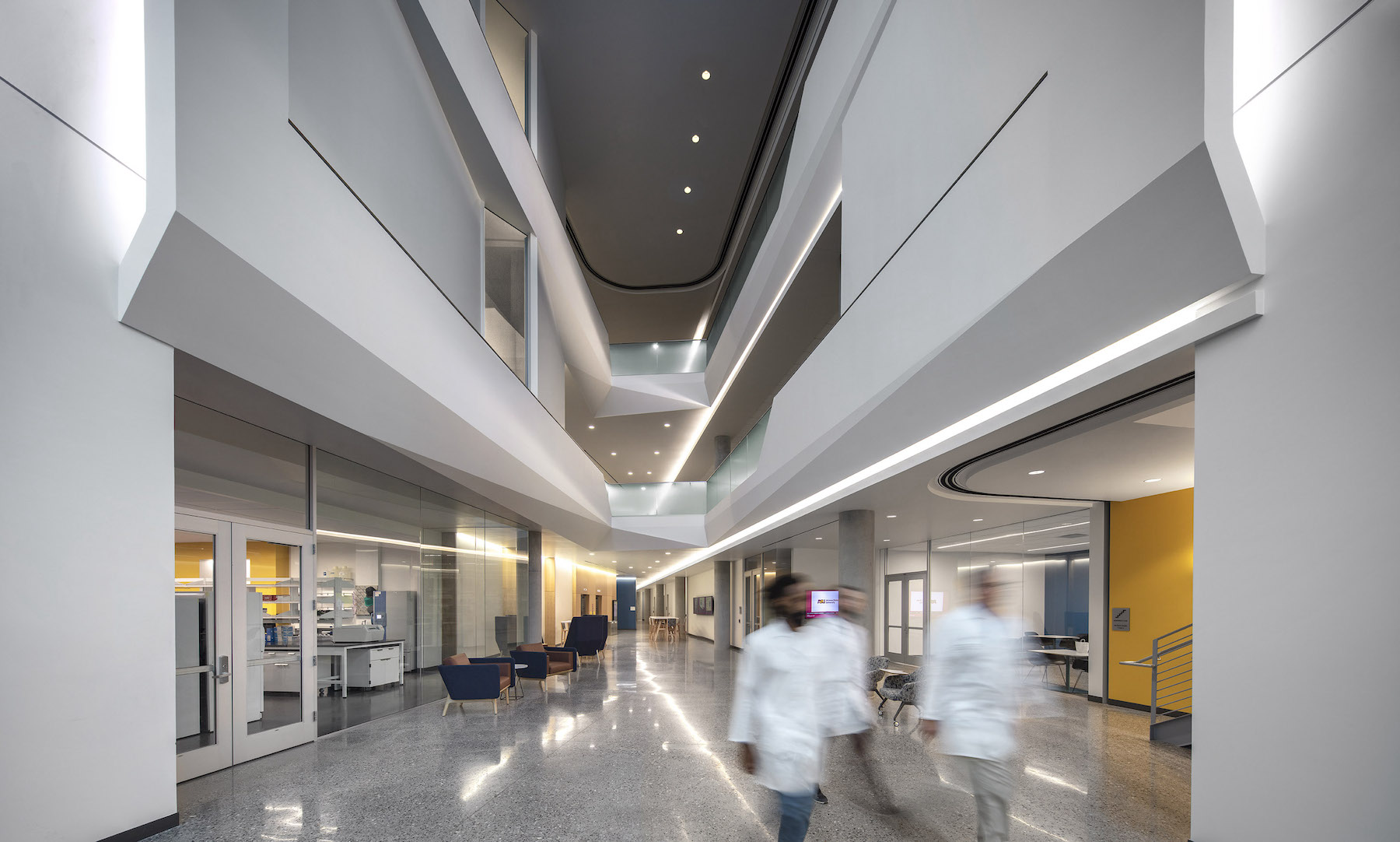
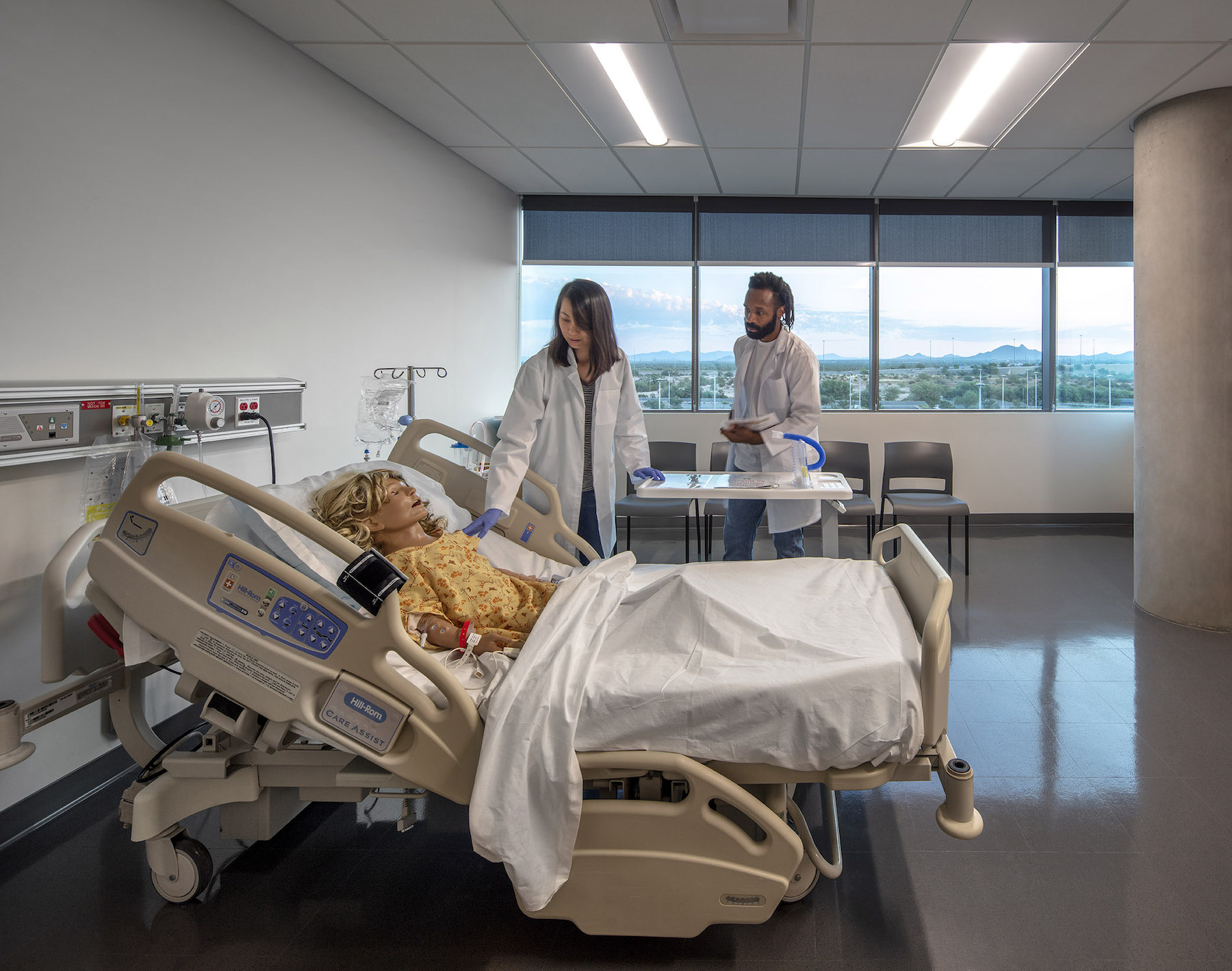
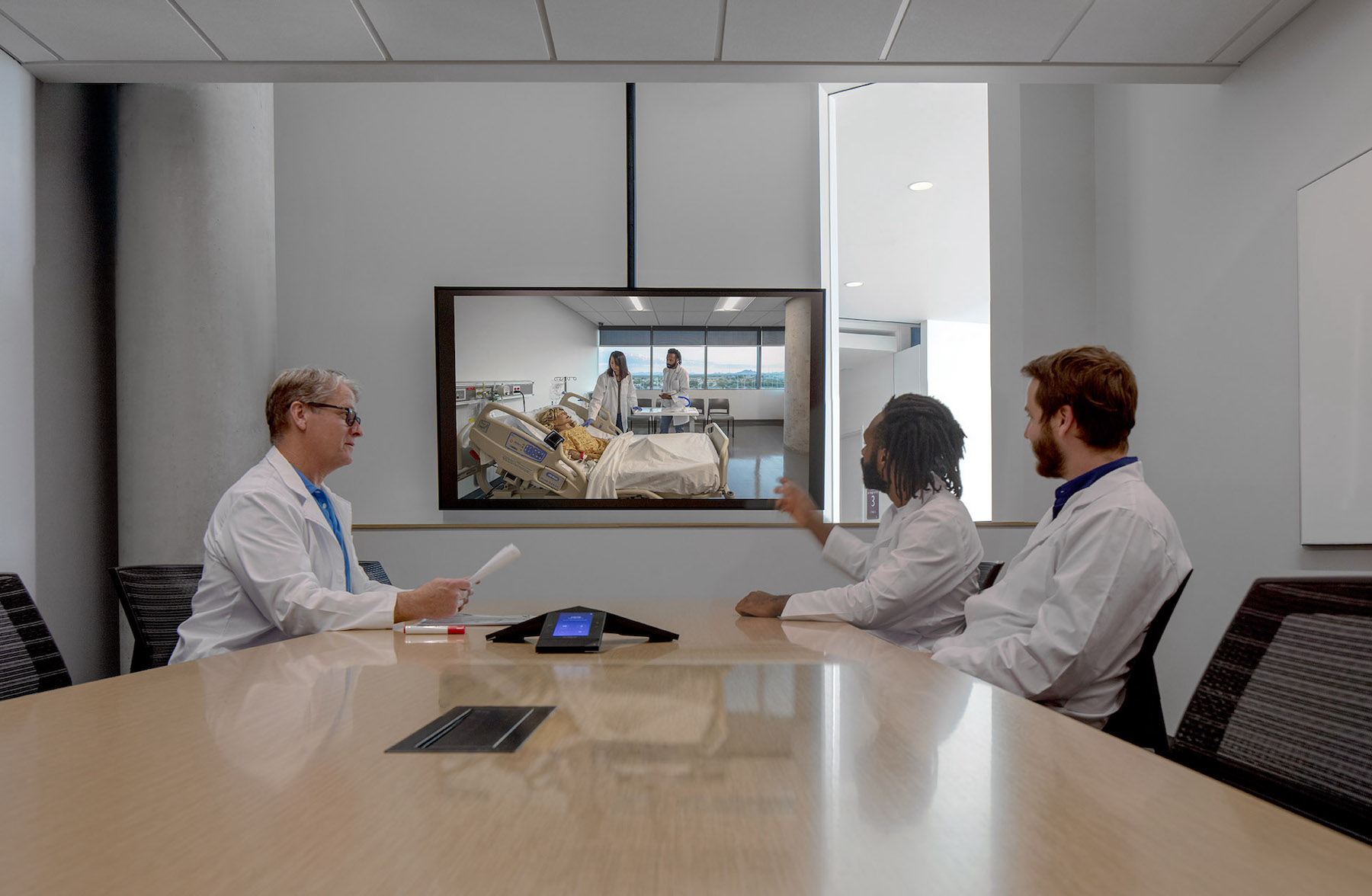
Related Stories
| Mar 6, 2012
Country’s first Green House home for veterans completed
Residences at VA Danville to provide community-centered housing for military veterans.
| Mar 1, 2012
7 keys to ‘Highest value, lowest cost’ for healthcare construction
The healthcare design and construction picture has been muddied by uncertainty over the new healthcare law. Hospital systems are in a bind, not knowing what levels of reimbursement to expect. Building Teams serving this sector will have to work even harder to meet growing client demands.
| Feb 29, 2012
Construction begins on Keller Army Community Hospital addition
The 51,000 square foot addition will become the home for optometry, ophthalmology, physical therapy, and orthopedics clinics, as well as provide TRICARE office space.
| Feb 29, 2012
Shepley Bulfinch selected to design new Children’s Hospital of Buffalo
The firm was selected because of their past experience in designing clinically complex facilities that emphasize patient- and family-centered care and operational efficiency as well as distinctive architectural forms for many other children's and women's hospitals.
| Feb 28, 2012
More than 1,000 have earned EDAC certification since 2009
Milestone achieved as evidence-based design becomes a top 2012 strategy for healthcare organizations.
| Feb 28, 2012
McCarthy completes second phase of San Diego’s Scripps Hospital
Representing the second phase of a four-phased, $41.3 million expansion and remodeling project, the new addition doubles the size of the existing emergency department and trauma center to encompass a combined 27,000 square feet of space.
| Feb 28, 2012
Griffin Electric completes Medical University of South Carolina project
The 210,000-sf complex is comprised of two buildings, and houses research, teaching and office areas, plus conference spaces for the University.
| Feb 22, 2012
CISCO recognizes Gilbane for quality construction, design, and safety
The project employed more than 2,000 tradespeople for a total of 2.1 million hours worked – all without a single lost-time accident.
| Feb 14, 2012
The Jackson Laboratory announces Gilbane Building Co. as program manager for Connecticut facility
Gilbane to manage program for new genomic medicine facility that will create 300 jobs in Connecticut.


